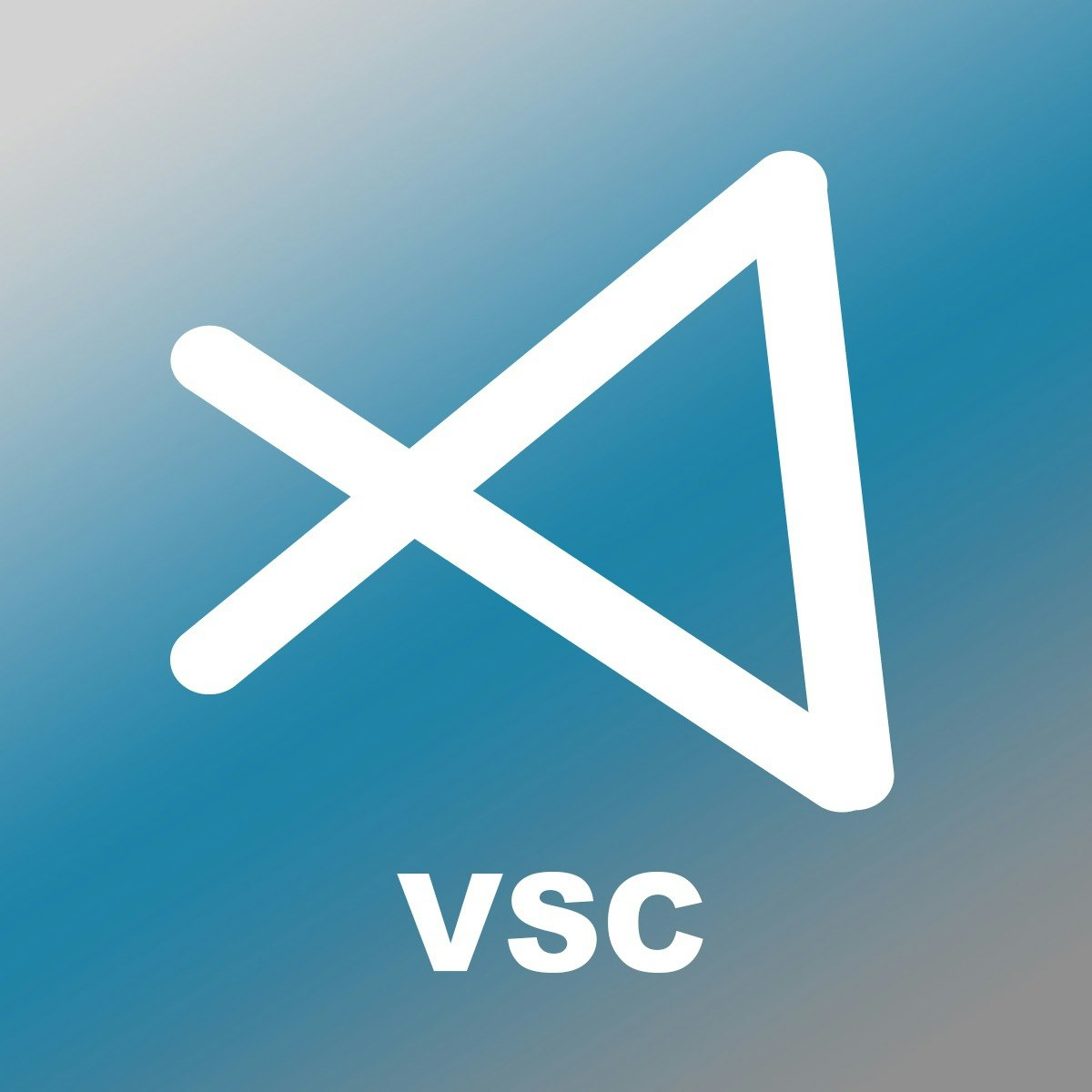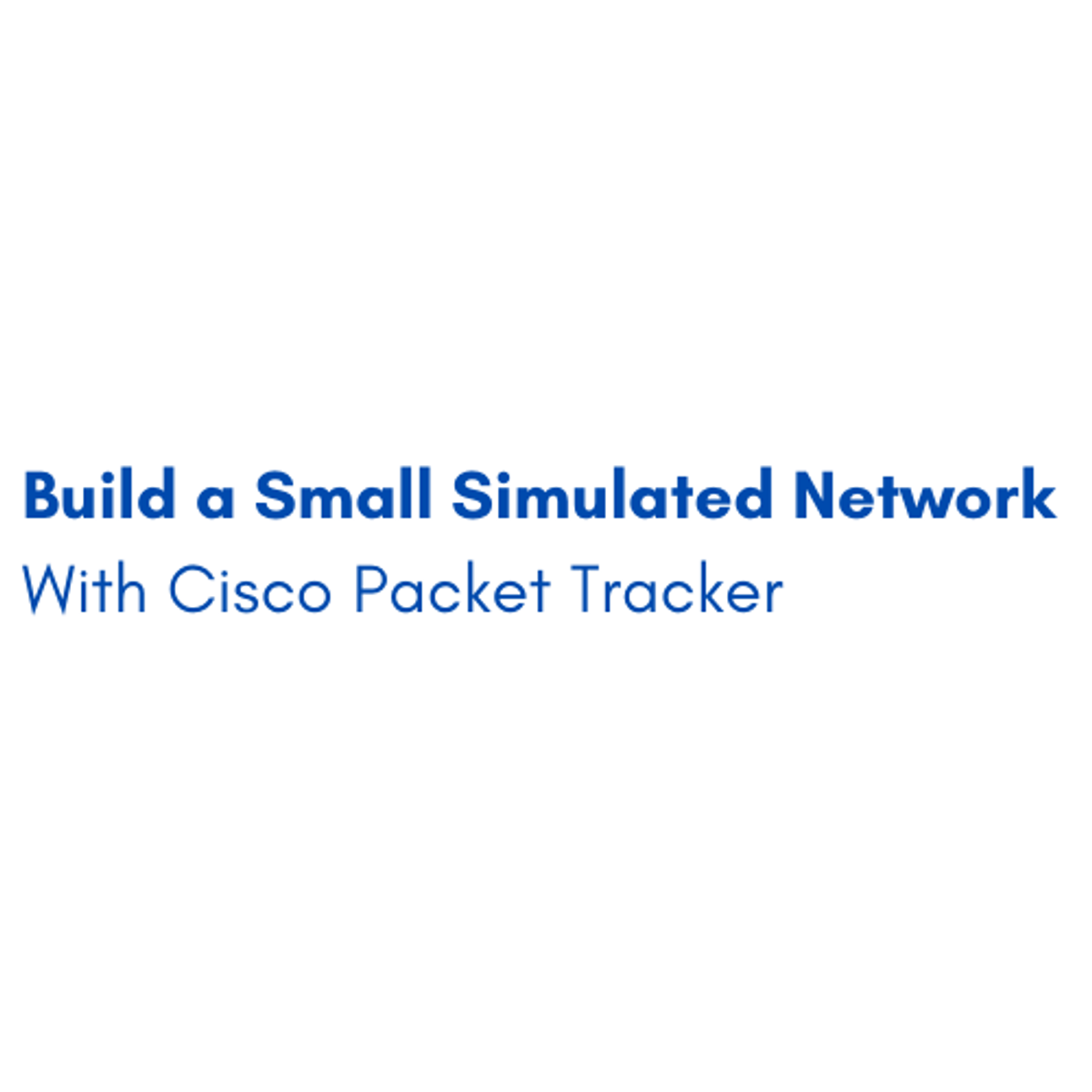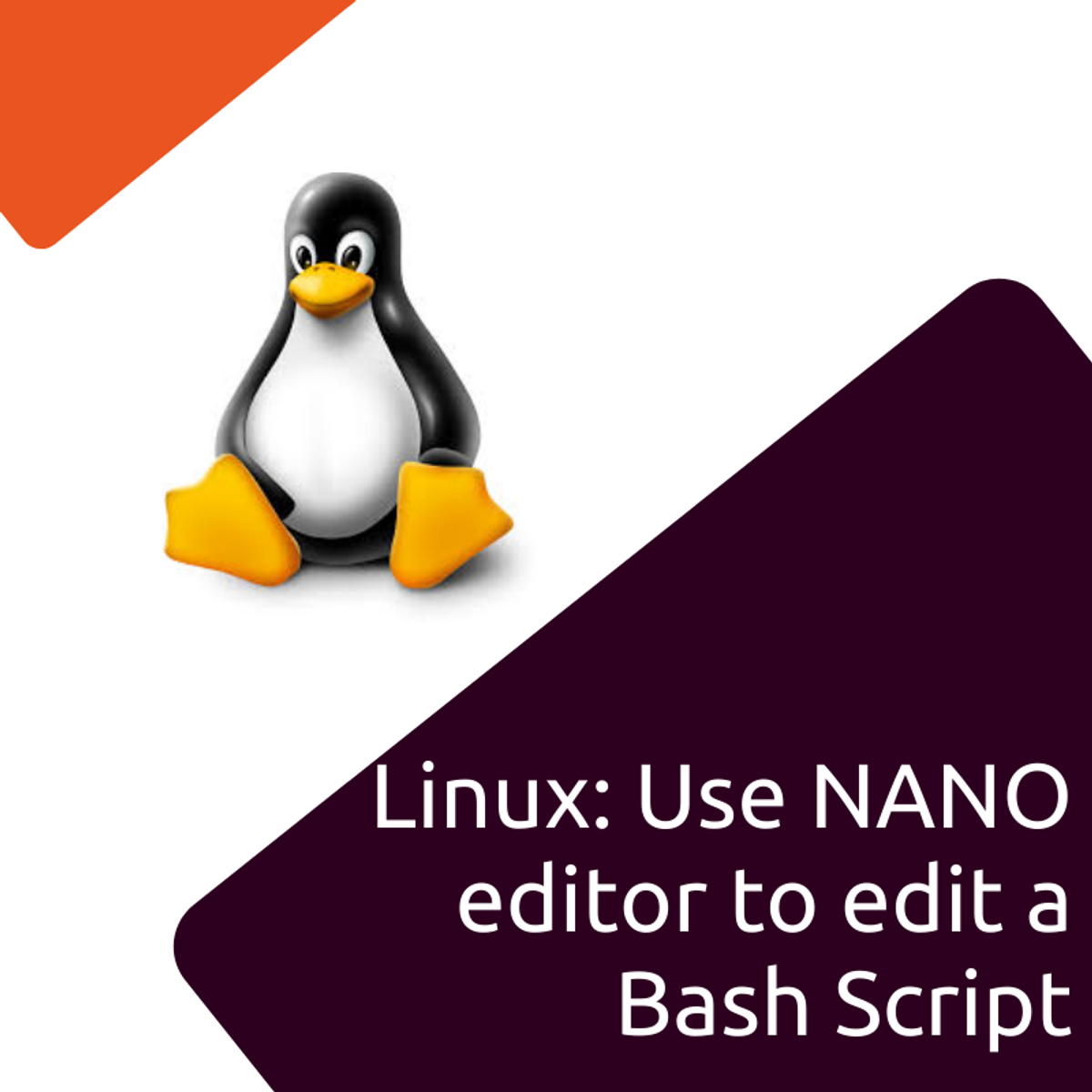Back to Courses









Support And Operations Courses - Page 4
Showing results 31-40 of 203

Validate Data in Google Sheets
This is a self-paced lab that takes place in the Google Cloud console. Ensure that your data is valid and prepared for analysis using Google Sheets features and functions to organize, standardize, and clean data.

Introduction to Technical Support
Gain the daily work skills and knowledge you’ll need for IT Technical Support career success.
This course, part of the IBM Technical Support Professional Certificate, is designed for beginners with no prior IT experience or formal degree.
Get an insider’s view into IT Support work. Learn about IT Support roles and levels, the support escalation matrix, ticketing systems, common support tools, and remote support software. Then, hear about career opportunities and career pathways from experienced, expert Information Technology professionals.
By the end of this course, you will be able to:
- Describe and develop a customer service and support mindset.
- Define the levels of IT support and the escalation matrix.
- Explore the features and benefits of ticketing systems.
- Identify support tools and systems used in technical support.
- Explore various tech support roles and responsibilities, including service level agreement responsibilities.
- Recognize the career paths and progression in Technical Support.
These skills will equip you to speak with prospective employers and ask insightful questions that demonstrate your knowledge of the day-to-day administrative role-related responsibilities.

Configure Your IDE with Visual Studio Code
In this 1 hour guided project, you will learn how to configure your IDE (integrated development environment) with Visual Studio Code. This project was designed with beginners in mind. You do not need extensive development knowledge to follow along. Although we will set up a development environment for various programming languages. However, you can apply the same principle to set up for other languages. We will only focus on configuring Visual Studio Code and NOT the particulars writing code.

Operations and Patient Safety for Healthcare IT Staff
Now that you've been introduced to the world of Health IT and the important role played by electronic health records (EHRs), we'll focus on other technologies that play a role in maintaining ongoing operations in healthcare. Telemedicine, patient portals, barcode scanners, printers, and medical devices are just some of the technologies that impact providers and patients. As an IT support specialist, you’ll be asked to troubleshoot issues with a wide variety of tools. You'll see a scenario with a medical device installation where issues related to IP addresses, networking, and MAC addresses come up.
When there are disruptions in technology, you’ll need to use training, tip sheets, and problem-solving skills to determine how best to handle the situation. Supporting a high reliability organization means being familiar with the existing processes and protocols for handling calls, creating tickets, escalating issues, and resolving matters. We’ll introduce you to the concept of self-service tickets and the guidance given to hospital staff on how to submit a ticket. You’ll learn about the different priority levels for tickets as well as the tiers of IT support. When a call comes in, there are some important resources you’ll need to access in order to troubleshoot the problem. These can range from standard question templates to tip sheets to complex matrices and knowledge base articles (KBAs). Having these tools in your arsenal is essential as a Health IT support specialist. We‘ll also cover the JIRA process, the need for excellent documentation, and ways in which requests for change are communicated.

Build a Small Simulated Network With Cisco Packet Tracker
By the end of this project, you will create a small simulated network from scratch using Cisco Packet Tracer. You will be able to identify the basic fundamentals of computer networking and the very basic architecture behind the network devices (Routers and Switches). Moreover, you will learn and practice how to get all these devices and components connected together. Finally, you will be able to troubleshoot the issues and write some basic commands to get the network fully functioning. The skills gained from this project are very essential in the computer networking field.
Note: This course works best for learners who are based in the North America region. We’re currently working on providing the same experience in other regions.

Deploying Java-Maven Application With Jenkins CI/CD Tool
Jenkins is a powerful and flexible automation tool; It is used to automate almost anything.
It’s free and open source
It has a strong community with thousands of plugins you can use
Jenkins is used in a lot of companies, from startups to enterprises
In this guided project through hands-on, practical experiences, you will go through concepts like --
1. Deploying Java-Maven application using Jenkins freestyle
2. Deploying Java-Maven application using Jenkins DSL and Jenkins Pipelines (Jenkinsfile). Jenkins Pipeline is a new way of using Jenkins, the DevOps way!
3. Triggers in Jenkins
If you are starting your DevOps journey, Jenkins is a must-have skill.
Intro to Operating Systems 1: Virtualization
Learn the inner workings of operating systems without installing anything!
This course is designed for learners who are looking to maximize performance by understanding how operating systems work at a fundamental level. The modules in this course cover the basics of the C language, processes, scheduling, and memory.
To allow for a truly hands-on, self-paced learning experience, this course is video-free. Assignments contain short explanations with images and runnable code examples with suggested edits to explore code examples further, building a deeper understanding by doing. You’ll benefit from instant feedback from a variety of assessment items along the way, gently progressing from quick understanding checks (multiple choice, fill in the blank, and un-scrambling code blocks) to slowly building features, resulting in large coding projects at the end of the course.

Working with JSON, Arrays, and Structs in BigQuery
This is a self-paced lab that takes place in the Google Cloud console. In this lab you will work with semi-structured data (ingesting JSON, Array data types) inside of BigQuery. You will practice loading, querying, troubleshooting, and unnesting various semi-structured datasets.

Linux: Use NANO editor to edit a Bash Script
In this 1-hour long project-based course on Use NANO Editor to edit a Bash Script, you will be working entirely in the Bash shell and using powerful Nano commands to learn how we can fully work with files without the need of an IDE or text editor GUI. You will be going through a full workflow, from entering,and exiting Nano, saving and quit without save, to powerful copy, paste and search and replace commands which will allow us to work with single or multiple lines in single buffers. You will no longer be confused over the various caret and meta symbols in Nano, and you will be able to comfortably work with files of any size.
This course is designed for any person working or who intends to work with Linux, from Linux system administrators to developers and DevOps practitioners. Or even if you are a student who is curious to get comfortable with Linux this course is for you also.
This is an intermediate level course and is designed for an individual who has a beginner's knowledge of the Linux/Unix command line and Unix crud practices in computer science.
Note: This course works best for learners who are based in the North America region. We’re currently working on providing the same experience in other regions.

Leverage the Autoscaler Tool for Cloud Spanner to Achieve Workload Elasticity
This is a self-paced lab that takes place in the Google Cloud console. In this lab, you'll deploy the Autoscaler tool for Cloud Spanner, a companion tool to Cloud Spanner, in the per-project configuration where the autoscaler tools are located in the same project as the Cloud Spanner instance being autoscaled.
Popular Internships and Jobs by Categories
Find Jobs & Internships
Browse
© 2024 BoostGrad | All rights reserved